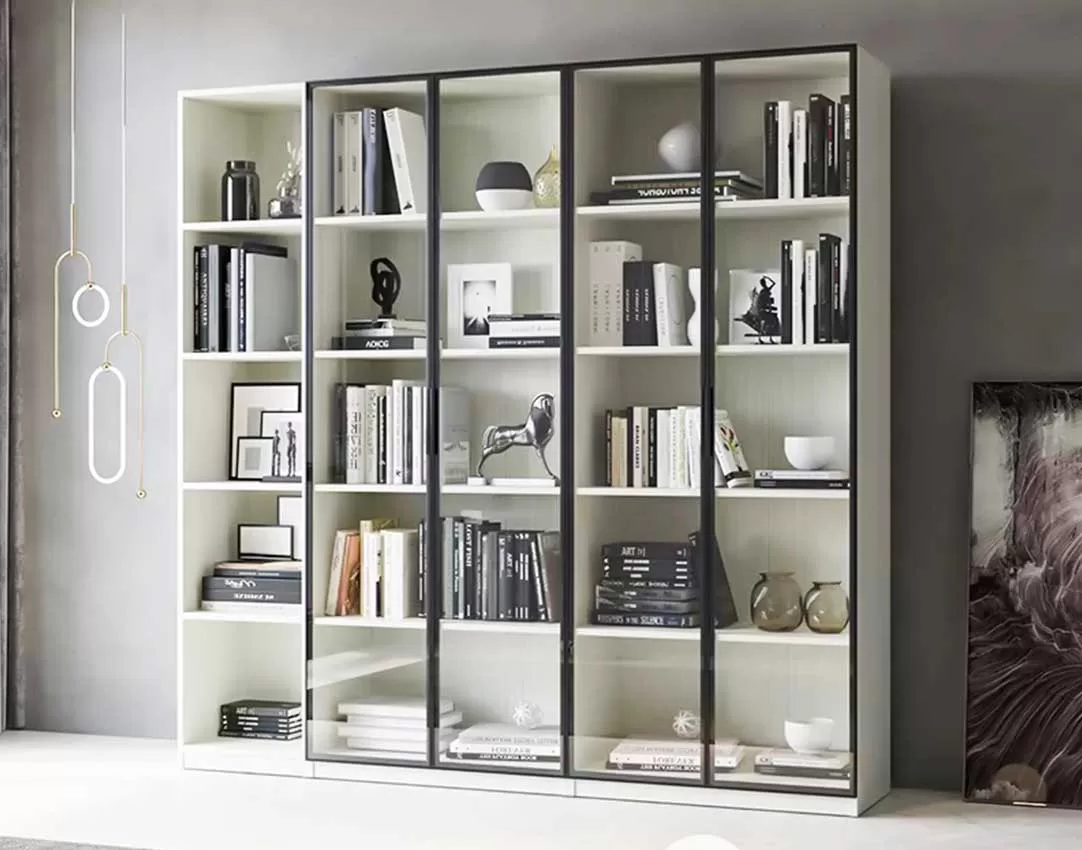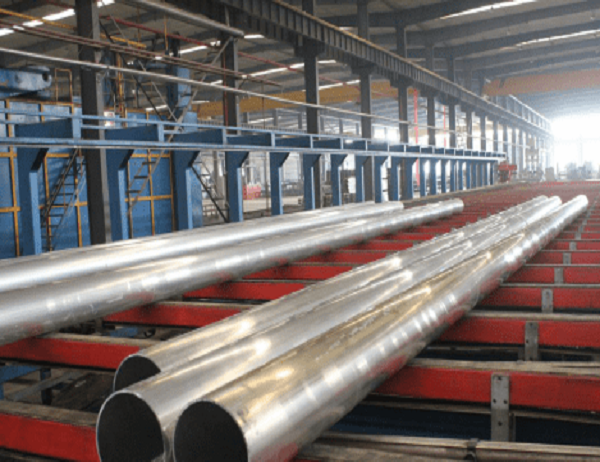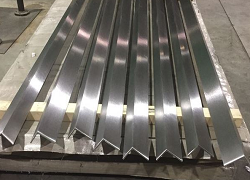The Science Behind the Strength of Polished Aluminum Angle
Polished aluminum angle is a versatile and durable material used in various industries, including construction, automotive, and aerospace. Its strength, combined with its resistance to corrosion and low weight, makes it an excellent choice for a wide range of applications. This article delves into the scientific principles behind the strength of polished aluminum angle, exploring the factors that contribute to its exceptional performance.
Crystal Structure and Grain Size
Aluminum is a face-centered cubic (FCC) metal, meaning its atoms are arranged in a repeating pattern of cubes. This crystalline structure gives aluminum its strength and rigidity. The size of the crystals, or grains, also affects the material’s strength. Smaller grains create a stronger material because they reduce the number of grain boundaries, which are potential weak points in the structure.
Work Hardening
Polished aluminum angle is typically cold-rolled, a process that involves passing the material through a series of rollers to reduce its thickness. This process causes the aluminum to undergo work hardening, which is a form of strain hardening. As the aluminum is deformed, dislocations form within the crystal structure. These dislocations interact with each other, creating barriers to further deformation, effectively increasing the material’s strength.
Heat Treatment
Aluminum alloys can be heat-treated to further improve their strength. Heat treatment involves heating the material to a specific temperature and then cooling it at a controlled rate. This process allows the aluminum to age, which involves the formation of precipitates within the crystal structure. These precipitates act as barriers to dislocation movement, further increasing the material’s strength and hardness.
Surface Finish
The surface finish of the aluminum angle also plays a role in its strength. A polished surface reduces the number of surface defects, which can act as stress concentrators and lead to premature failure. The smooth surface of polished aluminum angle ensures that the load is distributed evenly across the material, reducing the likelihood of cracking or failure.
Corrosion Resistance
Aluminum angle’s resistance to corrosion is another factor that contributes to its strength. When aluminum is exposed to air, a thin oxide layer forms on its surface. This oxide layer protects the underlying aluminum from further corrosion. The polished surface of aluminum angle further enhances its corrosion resistance, as it reduces the number of possible corrosion sites.
Strength Considerations
The strength of polished aluminum angle varies depending on the alloy’s composition, temper, and surface finish. For instance, alloys with higher magnesium or manganese content are typically stronger. The temper of the material, which indicates its hardness and strength, also affects its performance. A higher temper number corresponds to a stronger material. Additionally, a polished surface further enhances the strength of the angle by minimizing surface defects.
Applications
Polished aluminum angle is used in various applications where strength and corrosion resistance are essential. It is commonly found in structural components, such as beams, frames, and supports. In the automotive industry, it is used in body panels, trim, and undercarriages. In aerospace applications, it is employed in aircraft structures, such as wing ribs and fuselage components.
Conclusion
The strength of polished aluminum angle stems from its crystalline structure, work hardening, heat treatment, surface finish, and corrosion resistance. By understanding the scientific principles behind these factors, engineers and designers can optimize the material’s performance for specific applications, ensuring durability, reliability, and structural integrity.



